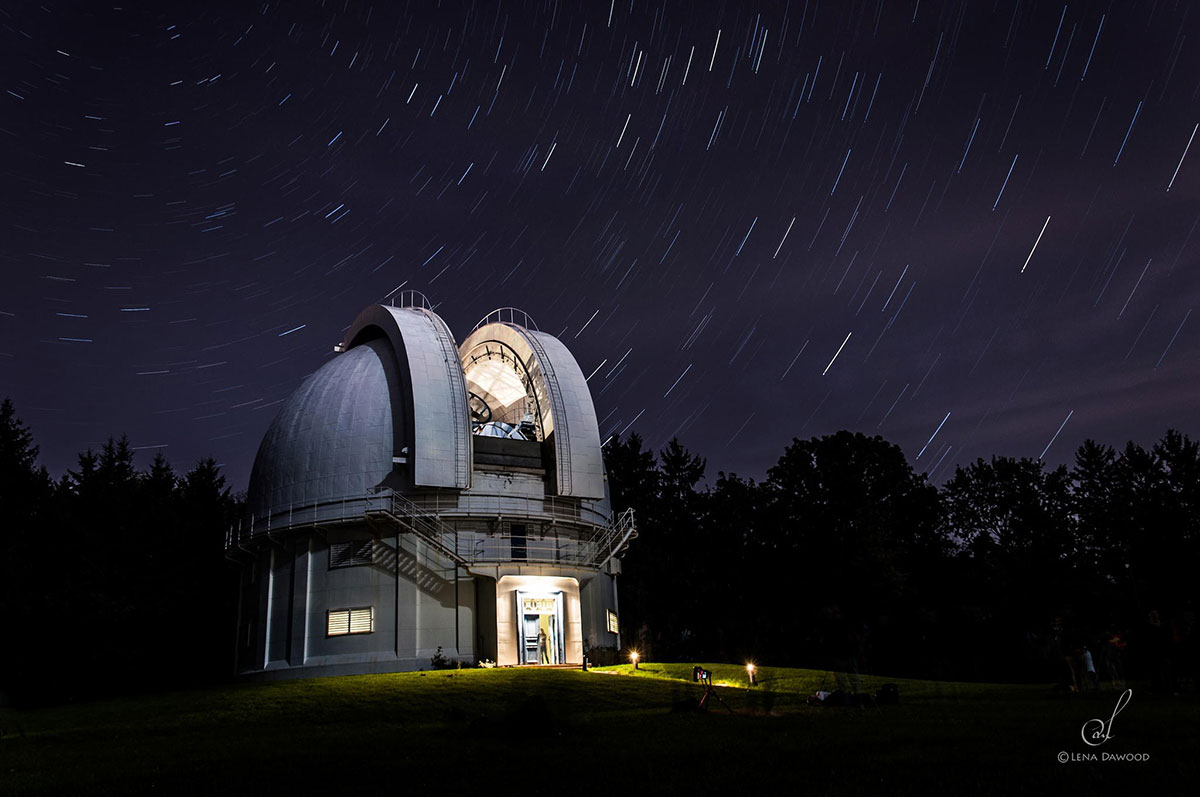Driving along the expressway with my friend, she quietly lamented, “I wonder when the city will be finished?” I understood what she meant. Toronto is a world-class city, so it needs to continue to fulfill that title by developing and growing up, literally. Everywhere you look downtown, you see construction cranes and newly excavated holes, getting prepped for the next high-rise condo. It’s an exciting sign of progress and a welcome vibrancy in the city core.
The grass is greener, the sky’s the limit
I love my little piece of the sky. My condo is my refuge. But sometimes I think it would be nice for my dog, Baxter to have stairs to climb and access to a large outdoor space without riding in an elevator. I would chalk it up to be a case of the grass being greener on the other side until I learned of a new kind of development just north of the city.
Density is a sure thing in the downtown core, but travel a little further north to Richmond Hill you start to see more low-rise development—new builds that thoughtfully embrace existing ravines, green space, and historical sites.
Developers embrace history
I respect developers who take their surroundings into consideration, not just plop a sub-division on a grid and hope the infrastructure catches up. It’s especially rewarding when consideration is given to the design of new builds. Embracing new technology and modern appeal.
I see that in a new project by Primont Homes, called Observatory North. It’s named for the David Dunlap Observatory, home to the one-time second largest telescope in the world. This treasure, formerly owned by U of T stands on 189 acres on Bayview Avenue.

Astronomy comes to Richmond Hill
At the turn of the last century, Clarence Chant, then President of the Royal Astronomical Society of Toronto, from 1904-1907 helped introduce astronomy to the curriculum at U of T. The campus was being built up and light pollution affected the ability of the telescopes to see the stars, so he looked north to build an observatory worthy of the science.
With a financial endowment to U of T, from Jessie Dunlap, the widow to the co-founder of Hollinger Mines, David Dunlap, a site was found, land purchased and an 81 ton, copper-domed structure was built, dismantled and shipped from England to the site. Officially opened in 1935, on Clarence Chant’s 70th birthday, it housed a 74″ optical, reflector telescope, the largest in Canada.
An uncertain future
The land was sold by U of T in 2008 and today the observatory sits as a historical monument to the science of Astronomy and Astrophysics. A once vibrant research and public education centre, it offered a way for us to learn from the stars and view the heavens. Today, it’s future is uncertain, but, Observatory North, pays homage to the world-renowned site.
Primont begins development of Observatory North
North of the David Dunlap Observatory, on Bayview, Primont—with 50 years in the building business and a portfolio of over 3000 homes, is creating a community of luxury, urban townhomes, surrounded by lush green space.
It’s all in the details
The detail in the modern, vertical facades matches the contemporary, architectural design of the interior, but the standout, hands-down winner for me is the grand, rooftop terrace and garden patio. It’s a large, private outdoor space, where you can observe the stars from your own home. For me and Baxter, if we were to consider a home with multi-levels and an outdoor space of our own, this would be a perfect option.
From the sky-brushing heights of downtown condos, to new development reaching for the stars in the north, I see the future in the stars, and it’s very bright.

